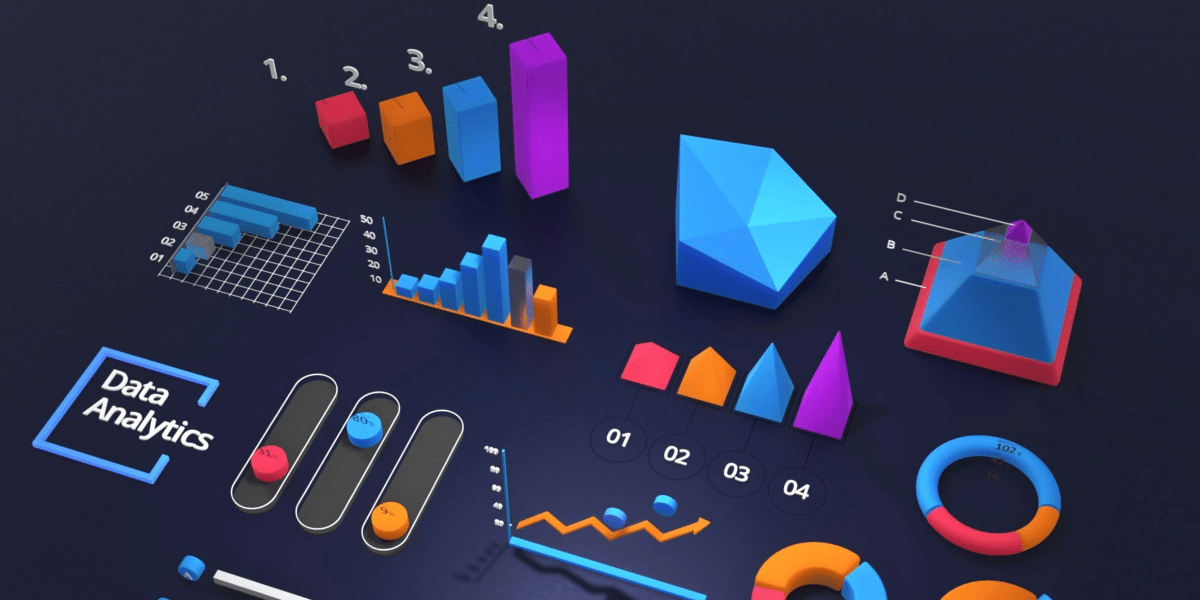The Role of Predictive Analytics in Gaining a Competitive Edge
Predictive analytics is a useful tool for businesses. It utilizes historical data, statistical algorithms, and machine learning to forecast potential outcomes and trends. This capability helps businesses in planning and decision-making processes, potentially supporting them in staying informed about industry trends. It also enhances decision-making processes, leading to the development of refined strategies and the establishment of a sustainable competitive edge. In the current data-driven business landscape, predictive analytics is indispensable, offering valuable insights that lead to improved strategies and a strengthened competitive position.
Importance of Predictive Analytics
Predictive analytics transforms guesswork into foresight. It’s a transformative force reshaping industries worldwide by harnessing the power of data and advanced algorithms. It helps businesses anticipate trends, optimize operations, and make data-driven decisions that drive growth. From pinpointing high-value customers to predicting lifetime value, predictive analytics empowers organizations to outsmart the competition and deliver exceptional customer experiences. Businesses can make informed decisions, optimize operations, and gain a competitive edge by extracting valuable insights from vast datasets.
Let’s delve into how predictive analytics revolutionizes various industries:
- Marketing: Predictive analytics is no longer a luxury; it’s a necessity for marketers aiming to thrive in today’s competitive landscape. Businesses can accurately identify high-value leads, deeply understand customer behaviors, optimize lead scoring, personalize nurture campaigns, effectively distribute content, predict customer lifetime value and proactively reduce churn by analyzing massive datasets. This data-driven approach enables organizations to create tailored customer experiences, increase sales and foster long-term loyalty.
- Healthcare: Hospitals use predictive analytics to forecast patient volume, optimize staffing and predict disease outbreaks. By analyzing patient data, healthcare providers can identify at-risk populations, develop personalized treatment plans and accelerate drug discovery.
- Finance: Financial institutions leverage predictive analytics for fraud detection, risk assessment and investment strategies. By analyzing market trends and customer behavior, banks can offer tailored financial products and improve customer satisfaction.
- Manufacturing: Predictive maintenance is a game-changer in manufacturing. By analyzing equipment data, companies can predict breakdowns, optimize maintenance schedules and reduce downtime. Additionally, predictive analytics helps optimize supply chains, forecast demand and improve production efficiency.
- Retail: Predictive analytics helps retailers optimize inventory management, personalized product recommendations and optimize store layout. By analyzing customer purchasing behavior, retailers can identify trends and tailor their offerings accordingly.
- Energy: In the energy sector, predictive analytics is used to optimize energy grids, predict equipment failures and manage energy consumption. By analyzing weather patterns and demand fluctuations, energy companies can improve grid reliability and reduce costs.
- Transportation: Predictive analytics can help businesses optimize delivery routes and predict traffic congestion, improving efficiency and reducing costs.Additionally, it plays a crucial role in developing autonomous vehicles and enhancing safety.
Diverse Approaches to Future Forecasting
Predictive analytics encompasses a diverse array of sophisticated models that can be effectively leveraged across various industries to anticipate future outcomes accurately. Across various sectors, a multitude of predictive models find practical applications, each tailored to unique industry demands and scenarios. These models, with their nuanced methodologies, contribute significantly to enhancing predictive accuracy and refining decision-making processes.
Classification Models
Classification models categorize data into predefined groups. They are used to predict categorical outcomes. For instance, a bank might use a classification model to predict whether a loan applicant will default or not. The model would analyze factors such as income, credit history and employment to categorize applicants into “default” or “non-default” groups.
Forecast Models
Forecast models predict numerical values. They are used to estimate future values based on historical data. For instance, a retail company might use a forecast model to predict sales for the next quarter. The model would analyze past sales data, considering factors like seasonality, economic indicators and marketing campaigns.
Outlier Models (Anomaly Detection)
Outlier models identify data points that significantly deviate from the normal pattern. For example, a credit card company might use an outlier model to detect fraudulent transactions. By analyzing spending patterns, the model can identify unusual activities that might indicate fraud.
Clustering Models
Clustering models group similar data points together without predefined categories. For instance, a market research firm might use clustering to segment customers based on purchasing behavior, demographics and preferences. This segmentation can help tailor marketing campaigns to specific customer groups.
Time Series Models
Time series models analyze data points collected at specific intervals. They are used to predict future values based on past trends. For instance, a weather forecasting service uses time series models to predict temperature, precipitation and wind speed based on historical data.
These models are just a few examples of the many predictive models available. The choice of model depends on the specific problem and the type of data available. These diverse predictive models, honed to suit specific industry prerequisites and data intricacies, offer valuable insights and analytical capabilities crucial for informed decision-making, underscoring their indispensable role in driving operational efficiency and strategic planning across various domains.
The Future is Predictive
Predictive analytics has become an accessible tool for businesses, using data and advanced models to enhance decision-making and operational efficiency. This approach is applied across various sectors, including marketing optimization and supply chain management, providing substantial benefits. As technology advances, the scope and influence of predictive analytics continue to grow, presenting new opportunities for business innovation and development.
Published by: Holy Minoza

















